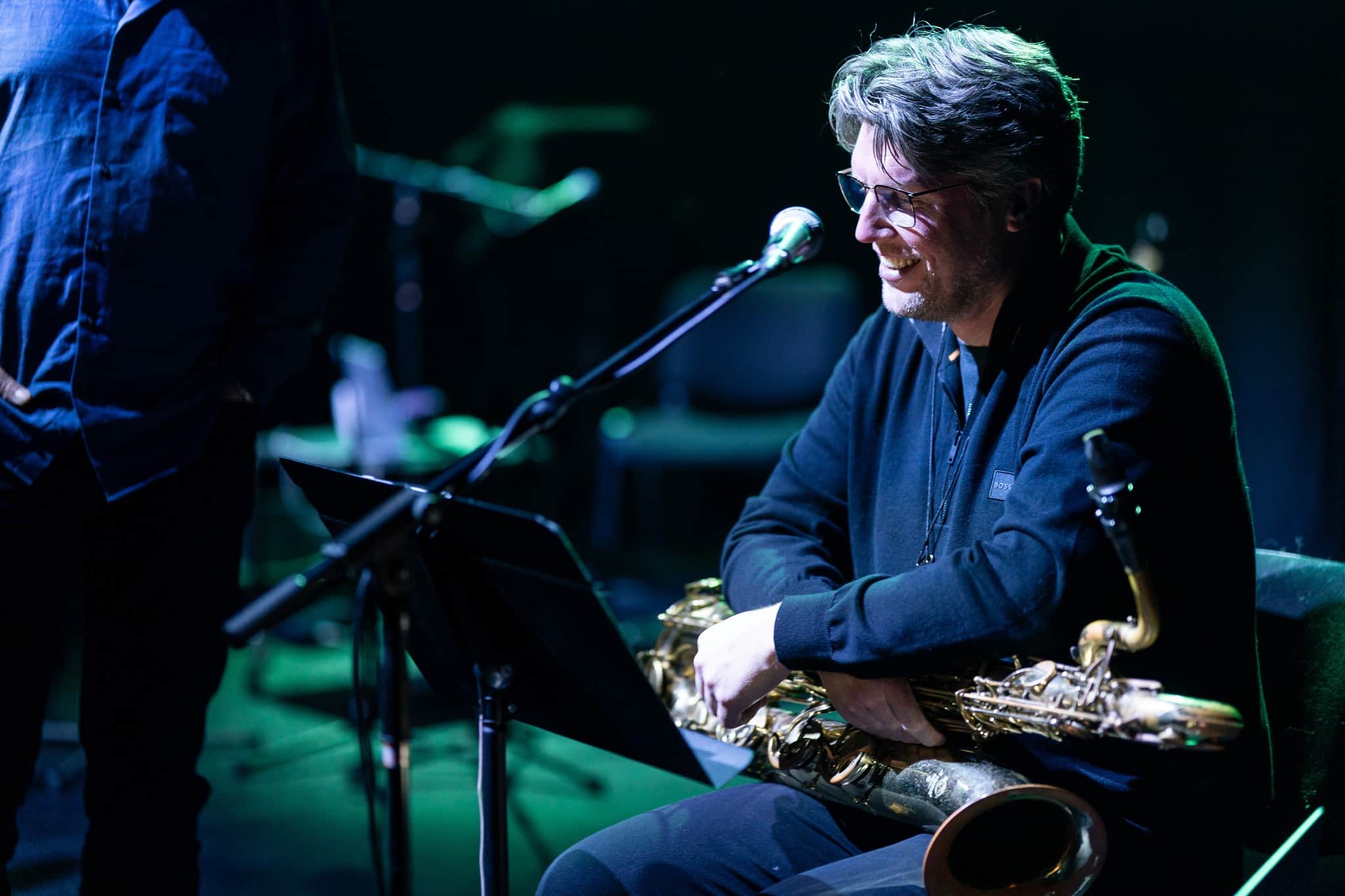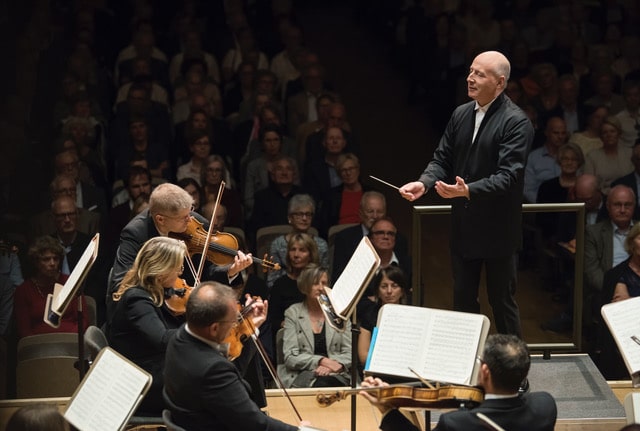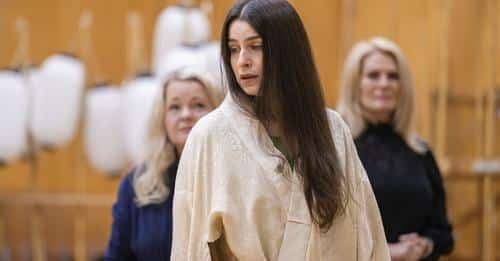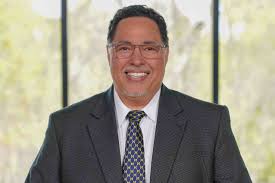Houston celebrates Sir John Barbirolli: first review
OrchestrasThe Houston Symphony remembered its formative conductor this weekend. Lawrence Wheeler was there.
Sunday afternoon was the third and final Jones Hall concert by the Houston Symphony celebrating the legacy of former Chief Conductor Sir John Barbirolli. Music Director Juraj Valčuha led a program of works by Paul Creston, Sergei Prokofiev, and Pyotr Ilyich Tchaikovsky. Augustin Hadelich was soloist in Prokofiev’s Violin Concerto No. 1. Barbirolli conducted the Houston Symphony from 1961 to 1967. These pieces recreate concerts Barbirolli gave with the Houston Symphony on February 14 and 15, 1966.
Valčuha said he has listened to Barbirolli’s recordings “quite a lot,” indicating his illustrious predecessor serves as an artistic influence more than 50 years after his passing. As the oft-quoted saying goes: “They may forget what you said but they will never forget how you made them feel.” When asked, Houston Symphony musicians who played under Sir John have said his concerts were among their most inspiring. He was meticulous in his search for the poetry and expression in each phrase while carrying performers and listeners with his passion.
Paul Creston wrote books and piano studies on rhythm, and rhythm is central to his music. Written in 1954, Dance Overture is an international musical tour that includes dances resembling a snappy Spanish bolero, a jolly English country dance, a silken French louré, and finally an American square dance, complete with off-the-beat clapping. Featuring trombones and tuba along with solo woodwinds and virtuoso string writing, it is a fun and exuberant concert opener. The performance showed this seldom performed work to full advantage, with Valčuha leading a detailed and committed performance.
Prokofiev’s First Violin Concerto was written in 1915, when the composer was 24. Augustin Hadelich is one of the leading violinists in the world, respected for his refined musicianship and flawless technique. Following a barely audible viola tremolo, Hadelich entered with a tender and soft tone, which slowly unfolded seamlessly from high position A-string passages to singing E-string notes. His tempered use of vibrato and exquisite bow control drew the listener into a sanctified world. When the music required more passion and volume, his tone quality never faltered. It also did not sufficiently change in the middle section [#7 in the score] where a marking of narrate (narrating) changes the character from singing to speaking in a declamatory style. A bit more articulation bite would have improved balance with the orchestra, which slightly covered some notes. A solo cadenza, reminiscent of Chausson’s Poeme, was perfectly voiced and tuned. The recapitulation, with a return of the first theme in flute and piccolo, was shimmering and perfectly balanced.
The second movement Scherzo was brilliantly played, if a bit too demure in the forte passages. Served at a brisk tempo, it was a masterclass in technical facility that few violinists could match. When the music required large leaps on the G-string, Hadelich maintained the tempo where many slow down. Later, a ponticello (near the bridge) passage marked fortissimo, con tutta forza (as loud as possible, with all force) did not fully convey the implied sardonic character. The third movement showed precise and cohesive tuttis and an attentive accompaniment by Valčuha. Hadelich played the largely lyrical solo part with beauty and poise. Following several curtain calls, Hadelich played his own arrangement of “Por Una Cabeza,” a tango song by Argentine composer Carlos Gardel originally for two violins. It would be difficult to conceive of a more splendid presentation than what was heard today.
Tchaikovsky’s Sixth Symphony (Pathétique) is a test for any orchestra or conductor. The musical and technical challenges are manifold, with one or the other often taking priority. Today’s performance showed an orchestra in top form and a conductor fully committed to excellence. Together, it was worthy of any stage in the world. As in the violin concerto, the opening was barely audible, giving full entrée to the solo bassoon. The violas gave expressive sforzandos (heavy accents), with perfectly aligned and tuned solo lines, including the spiccato passages that followed. As other string sections joined there was no loss of precision– down to the 16th-note level. Great attention was given to details of dynamics and articulations. Valčuha led tempo changes clearly. Rubato melodies, as indicated in the score, were organic and expressive without sounding cookie-cutter in concept. Solo woodwinds were uniformly excellent, with special mention due principal clarinet Mark Nuccio. The brasses were unified and strong without being overpowering. Entrances were precisely timed. The Allegro Vivo had thrilling intensity and kinetic energy. Valčuha deftly modulated crescendos layer by layer. The forte-fortissimo climax had heart-wrenching intensity. The return of the Andante was simply beautiful, with scale passages in the strings placed together. As led by Valčuha the final Andante mosso had steady steps of destiny.
The second movement is a waltz in 5/4 time. It is easy to have a bump in the line due to the unequal meter, but the cello section played their melody with elegant grace. The counter melody changes from a two bar phase to a sighing one bar figure. Valčuha maintained a steady tempo throughout, allowing the music to speak for itself. He again maintained a steady tempo in the third movement march, conducting mostly in two instead of four. This encouraged lightly flowing spiccato triplets in the strings, who carefully observed and controlled the softer dynamics. Contrasting this was the march theme, squarely articulated with determined precision. There was no tempo change as the volume grew, giving a sense of inevitability to the music. Absent was the customary, if not pretentious slowing of the final march theme or speeding up towards the end. This stoic steadiness made the finale feel even more tragic and expressive.
One of the most subjective pieces ever written, the Finale to Tchaikovsky’s Sixth Symphony includes all the emotions of an elegy. Depression, anger, denial, pleading, remorse, acceptance and resolution are all within this compact movement. Valčuha’s rhapsodic approach allowed each of these feelings to emerge, while the Houston Symphony was the perfect vessel to carry and project them. It was impossible to remain unmoved at the conclusion of this concert. Valčuha remained motionless for 30 seconds, after which the audience gave thunderous applause. For two of the many curtain calls the orchestra remained seated in a show of respect for their music director. They will not forget how they felt. Down to the last note.
– Lawrence Wheeler






Comments